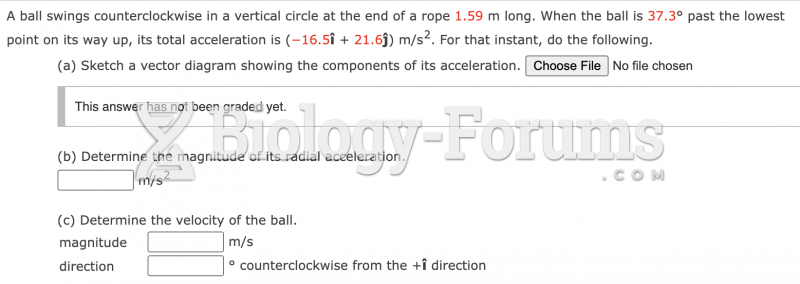Answer to Question 1
A report itself contains the introduction, body, summary, and any conclusions and recommendations. Report pages are numbered with Arabic numerals (1, 2, 3, etc.).
Introduction. The introduction orients the reader to the problem. It may include the following information:
a . What the topic is
b. Why it is being reported on
c. The scope and limitations of the research
d. Where the information came from
e. An explanation of special terminology
f. A preview of the major sections of the report to provide coherence and transitions:
i. How the topic is divided into parts
ii. The order in which the parts will be presented
Body: The body, often called the heart of the report, presents the information collected and relates it to the problem. To increase readability and coherence, this section contains numerous headings to denote the various divisions within a report. Refer to the section titled Organization of Formal Reports in this chapter for an in-depth discussion of preparing the body.
Analysis:A good report ends with an analysis of what the reported information means or how it should be acted upon. An informational report ends with a brief summary that adds unity toa report by reviewing themain points presented in the body. A summary includes only material that is discussed in a report. Introducing a new idea in the summary may suggest that the study was not completed adequately or that the writer did not plan the report well before beginning to write. An analytical report is designed to solve a specific problem or answer research questions. It will end with an analysis, which may include a summary of the major research findings, particularly if the report is lengthy. Reviewing the major findings prepares the reader for the conclusions, which are inferences the writer draws from the findings. If required by the person/organization authorizing the report, recommendations follow the conclusions. Recommendations present the writer's opinion on a possible course of action based on the conclusions.For a long report, the writer may place the summary, the conclusions, and the recommendations in three separate sections or in one section referred to as analysis. For shorter reports, all three sections are often combined.
Answer to Question 2
D







